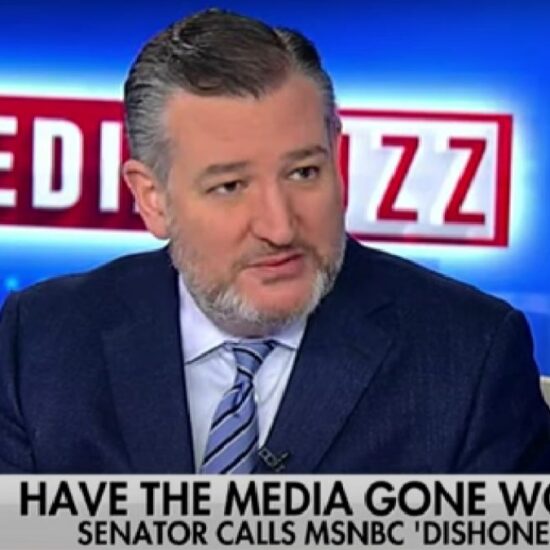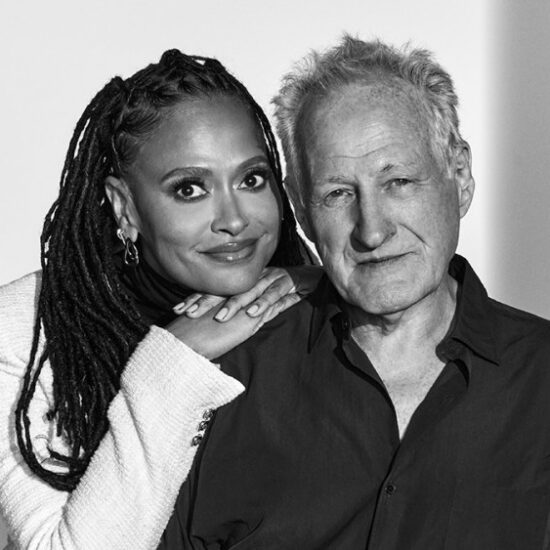
YouTube Shorts is working. That much Todd Sherman knows for sure. Sherman, the product manager behind YouTube’s endless-scrolling short-form TikTok competitor, is quick to quote the numbers: 1.5 billion users a month are watching Shorts, and they’re watching 30 billion videos a month. “And those numbers were back in the beginning of the year,” he says. “Things have grown since then.” Creators are monetizing; viewers are watching; everything seems to be trending in the right direction.
The question really facing YouTube — now that it’s increasingly clear that the TikTok-style vertical scroll is part of the future of video, and now that Shorts seems likely to be part of that future — is how Shorts actually fits in. YouTube is already so much more than a simple service for uploading video, and as the company also tries to integrate music, podcasts, games, movies, and much more, making Shorts make sense inside the YouTube app might turn out to be just as hard as competing with TikTok and Instagram Reels.
This week, for instance, YouTube is bringing Shorts to its TV apps, so you’ll be able to watch the short-form video from the comfort of your couch. On the one hand, this is a perfectly natural idea: Shorts is a fast-growing content type, and lots of people watch YouTube on their TV. Everybody wins, right? On the other hand, short-form video in the TikTok / Shorts / Reels era is so closely tied to smartphones: the quick tools for editing and remixing a video, the in-app camera, even the vertical orientation and swipe-scrolling feed.
The YouTube team had to reconcile all of that with the larger screen. That means even simple questions — like, should Shorts loop when they’re playing on a TV? — turn complicated quickly. “I think for videos that are particularly short, within short-form, oftentimes looping is beneficial because you really need more than one watch to get the value out of it.” But with a 60-second video, Sherman says, “you have a beginning, a middle, and an end… and typically, you don’t want to loop those quite as much.”
One version of the Shorts UI YouTube tested was like a side-scrolling queue of Shorts videos, each one playing as the queue moved right to left. Another was dead simple: just the video in the middle of the screen. The team eventually landed on showing the video in the center of the screen, with like and dislike buttons next to information about the video’s creator and sound. They still scroll vertically, though, and they still loop. For now.
“The UI challenges are certainly non-trivial,” Sherman says, “because it’s almost doing the opposite of bringing landscape video to the phone.” He says there’s lots more to learn about how users want to interact with short-form video on their TV, how those videos should display, even whether the algorithm should change depending on the screen size. “Are the things you enjoy with a very personal experience for you the same things you want to watch on a device that typically has more than one person looking at it?” he asks. Maybe, he wonders aloud, Shorts on TV should bias more toward generally popular videos. Or toward videos you’ve already liked. This is all brand new, he says, and it’s useful to remember that nobody really knows anything.
Shorts, in general, poses a lot of questions for the YouTube app. At first, the short-form videos were treated mostly like any other video, shoved onto creators’ shelves and into recommendations. That hasn’t really worked; the YouTube subreddit is full of people building Chrome extensions and scripts to automatically remove Shorts, and they just don’t seem to belong next to what the company now calls “longform YouTube.” More recently, YouTube moved Shorts to its own tab in the app and its own section of creators’ channel pages. Short-form is still promoted everywhere in the YouTube experience, but now it’s treated like a separate thing.
But plugging Shorts into the rest of YouTube is crucial to making Shorts work. “If you’re watching short-form video,” Sherman says, “and you run across somebody reacting to another video — maybe they green-screen themselves in front of it — we want to make it easy for the user to get to that source.” The team also wants to make it easier to turn a long-form video into a Short and vice versa.
“Or, for that matter,” Sherman continues, “if you find yourself on a long-form watch page, and that video has been remixed a bunch, we want to make it easy to get to all those Shorts.” He keeps riffing: if you’re watching a video soundtracked by Taylor Swift’s “Anti-Hero,” you should be able to see all the other Shorts using that sound but also the full music video and whatever other Swift videos you want.
A particularly ambitious version of what Sherman’s talking about could eventually turn Shorts into the new YouTube homepage: a more immersive, more interactive way of browsing through content that then seamlessly leads you around the rest of the platform. Just like TikTok is building a music app to help listeners get from viral clip to full album, YouTube sees Shorts as a gateway into YouTube. Sherman seems both excited about and wary of this idea, but mostly he thinks it’s too soon to know for sure much of anything. “You and I are standing on this frontier, looking out at something that no one’s really nailed.”
YouTube’s opportunity in almost every category is the same: to figure out how to build a great gaming / music / kids / podcasts / whatever product and then plug it into the rest of YouTube in uncopyable ways. With Shorts, there seems to be no beating TikTok at its own algorithmic game, but if YouTube can turn Shorts into both a fun feed of its own and a guide to everything else on the platform, it might have something that’s actually both natively YouTube-y and thoroughly TikTok-y. Then it just has to figure out the best way to get all that video to you, on every screen everywhere. It’s working on the biggest one you’ve got, but there are many more to come after.














